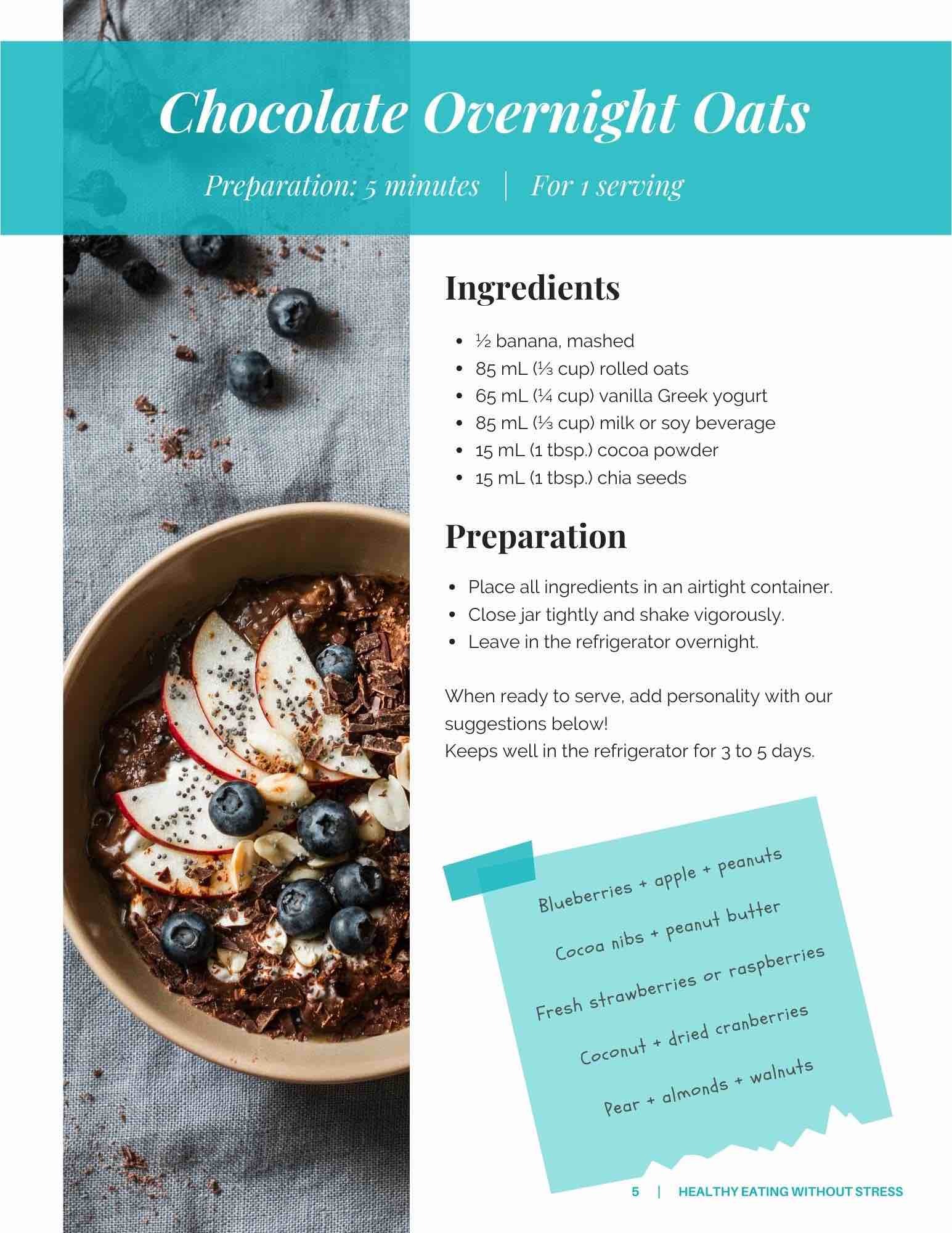
Reading the Ingredients List
- Ingredients are listed in descending order by quantity. Consider the first three ingredients.
- A product is less desirable if its first ingredient is sugar, fat, or a refined grain.
Some Harmless Additives and Their Functions
| Inulin, chicory root | Prebiotic fiber |
| Ascorbic acid, citric acid, phosphoric acid | To prevent browning |
| Guar gum, carob gum, cellulose gum, maltodextrin, carboxymethylcellulose, alginate, carrageenan | To thicken |
| Lecithin, mono and diglycerides | To emulsify |
| Calcium propionate | Anti-mould |
Reading Labels
1. Check the variable reference portion for different products
- Ask yourself, "Does this correspond to a portion I would eat?"
- To compare similar products, if portions differ, use "rule of three" calculations for comparison.
2. Calories
- A calorie is simply a unit of energy measurement! It doesn’t indicate the nutritional quality or our enjoyment of eating.
- Rather than focusing on calories, look at the nutrients that influence them: macronutrients.
3. Macronutrients
- Macronutrients are molecules the body can use as an energy source.
| Fat | 9 kcal / g | Main component of oils and butter |
| Carbohydrates | 4 kcal / g | Scientific word for the groud of sugars (Also known by its diminutive, carbs) |
| Proteins | 4 kcal / g | Main component of meat, fish, tofu, etc |
| Alcohol | 7 kcal / g | Not found in the Nutrition Facts table, found in wine, beer, etc. |
What to Favor?
- Fibres: aim for 3-4 g per portion.
- Proteins: needs vary by individual. Consult your nutritionist.
- Minerals: can be beneficial for certain conditions (e.g., anemia, osteoporosis, etc.). Consult your nutritionist.
What to Limit?
- Saturated fats: aim for 5% or less on the label.
- Trans fats:
- Previously manufactured in factories, banned in Canada since 2021.
- Aim for 0 g per day.
- Sugars: max 50 g per day (or 10% of total energy intake).
- Sodium (salt): aim for 10% or less on the label.
Validating Criteria
*For crackers and cereals, it's preferable to compare products by weight (e.g., 30 g) rather than volume (e.g., 1 cup (250 ml), 12 crackers).
Challenge: One Item at a Time
- Each week, choose an item from your grocery list and become an investigator: among similar products, can you find a better one?
- Pay particular attention to saturated fats, aim for <5% on the label.
- Make it a habit to look at the entire label rather than just the calorie count; you'll find a variety of information to guide you toward better choices.


